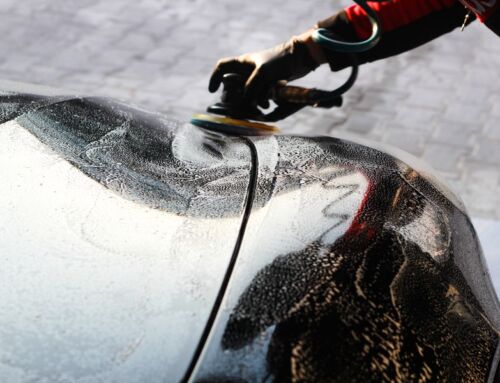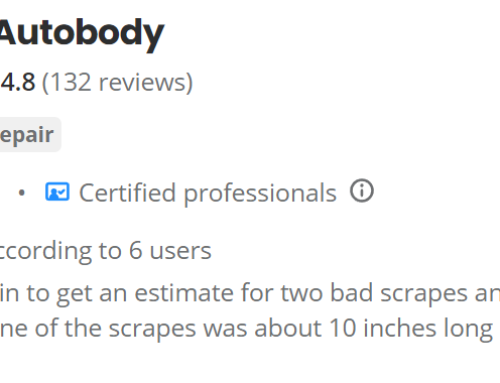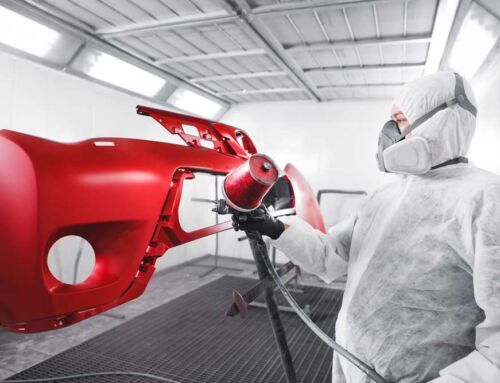 Someone backed into your car while it was parked at the grocery store. The damage wasn’t major, but there are cracks on your rear quarter panel. After the insurance adjuster came to look at the damage, it was decided that the only repair needed was to the cracked fiberglass.
Someone backed into your car while it was parked at the grocery store. The damage wasn’t major, but there are cracks on your rear quarter panel. After the insurance adjuster came to look at the damage, it was decided that the only repair needed was to the cracked fiberglass.
The insurance company provided you with a list of acceptable body repair businesses. Even though you trust your insurance company, you’d like to know just what is going on with your car as it’s being repaired. Let us provide you with a step-by-step guide so you’ll know what typically happens when damaged fiberglass is repaired.
First step – The repair begins with a thorough cleaning of the damaged area, using either acetone or contact cleaner. After the area is cleaned, the surface is roughed up with sandpaper (normally 280 grit). Both interior and exterior are roughed up so that the fiberglass material used in the repair will bond properly.
Second step – The area is cleaned and pieces of fiberglass mat or repair cloth are cut to the shape needed for the area. Approximately one to two ounces of fiberglass resin is mixed with a catalyst, which is then applied with a paint brush to the interior of the repaired area. The mixture must be used quickly (20-25 minutes). When applying the resin, the repairman wears a respirator due to the strong fumes that emanate from the mixture.
Third step – After the repairman has applied a thin coat of the resin mixture to the area, the fiberglass cloth is set in place. The brush is then used to bring the resin up through the cloth, which holds the cloth in place. More resin is brushed on the area until it is completely wet, with no bubbles or wrinkles showing. This step is done for both the inside and outside of the damaged area.
Fourth step – Once the initial application has dried, the process is repeated. When the final application of resin has dried thoroughly, a grinder or rougher sandpaper is used to remove excess resin. The area is then sanded again, this time with a lighter, 280 grit sandpaper, then cleaned with acetone.
Final step – Now comes the process of smoothing down the repaired area so that it will look natural. Polyester body filler (Bondo) is used to fill in small patches with a rubber spreading card. Multiple thin coats are applied, both on the repaired area, and on the surrounding painted surface so that the repair blends smoothly with the undamaged, painted surface. Finally, the area is again sanded with light sandpaper, then wet-sanded with 400 grit wet-dry sandpaper until the repaired area blends smoothly with the surrounding body.
Once fully dry, the area is now ready for primer and paint. After the paint is matched up and the repaired area is repainted, your car looks like it’s never been damaged.
This is typically how a cracked and damaged fiberglass part of your car is repaired by a professional auto body shop.




